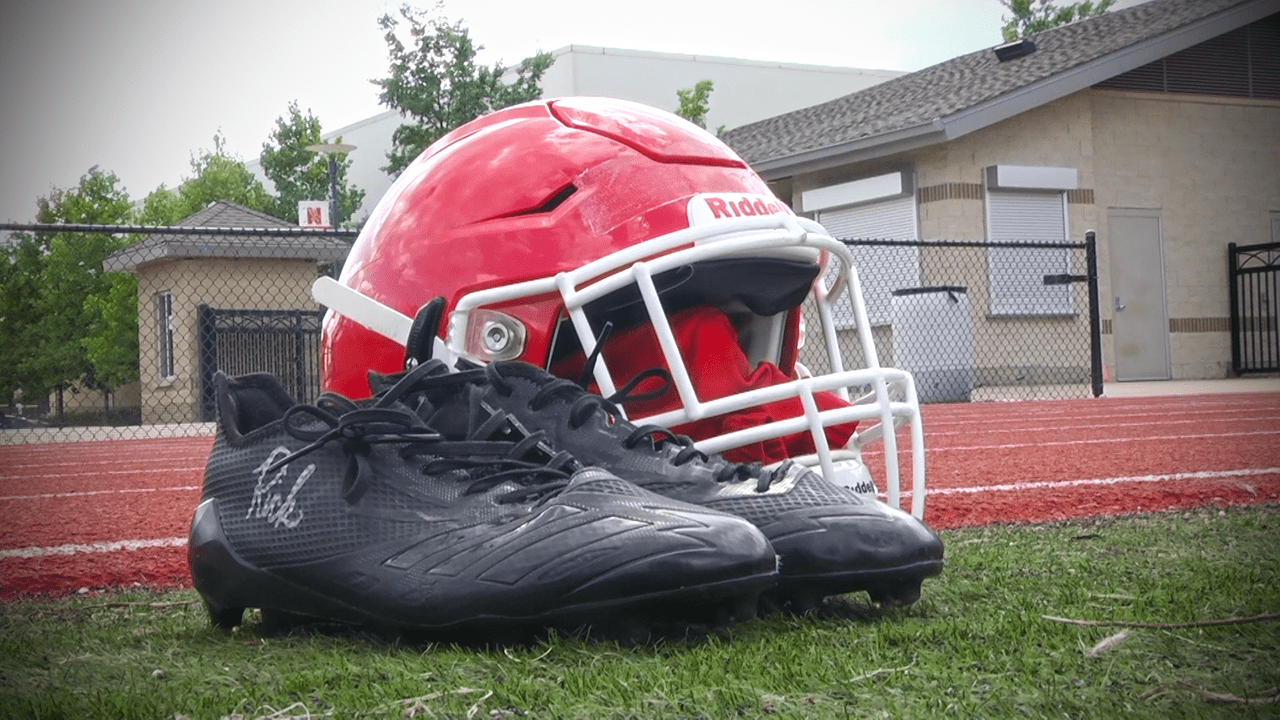The National Federation of State High School Associations (NFHS) has released a set a phased guidelines through its Sports Medicine Advisory Committee. The guidelines exist for states like Illinois to follow as they consider starting up high school athletics in the fall.
There are no guarantees that this will be The Illinois High School Association plan for the fall, but the IHSA has traditionally followed the recommendations of the NFHS closely.
Three Phases of Reopening
The 16 page document breaks down the timeline for reopening into three phases and groups each sport into lower, moderate or higher risk categories. The NFHS also pointed out that some sports that are considered higher risk may not be able to return at the same time as lower risk sports and activities. Some of the key recommendations in each phase include:
Phase 1
- State, local or school district guidelines for cloth face coverings should be strictly followed.
- There must be a minimum distance of 6 feet between each individual at all times. If this is not possible indoors, then the maximum number of individuals in the room must be decreased until proper social distancing can occur.
- All coaches and students should be screened for signs/symptoms of COVID-19 prior to a workout. Screening includes a temperature check. (Also in Phase 2)
- No gathering of more than 10 people at a time inside or outside.
- Workouts should be conducted in “pods” of students with the same 5-10 students always working out together and locker rooms should not be utilized.
- A ball may only be touched by one athlete at a time for sports like football, volleyball, tennis, basketball, baseball and softball. Prior to another athlete using the same balls, they should be collected and cleaned individually.
Phase 2
- Lower risk sports practices and competitions may begin
- Modified practices may begin for Moderate risk sports.
- No gathering of more than 10 people at a time inside. Up to 50 individuals may gather outdoors for workouts.
- If locker rooms or meeting rooms are used, there must be a minimum distance of 6 feet between each individual.
- Appropriate social distancing will need to be maintained on sidelines and benches during practices. Consider using tape or paint as a guide for students and coaches.
Phase 3
- Moderate risk sports practices and competitions may begin
- Higher risk sports may begin modified practices.
- Any person who has had a fever or cold symptoms in the previous 24 hours should not be allowed to take part in workouts and should contact his or her primary care provider or other appropriate healthcare professional.
- Gathering sizes of up to 50 individuals, indoors or outdoors.
- When not directly participating in contests, care should be taken to maintain a minimum distance of 3 to 6 feet between each individual.
- Athletic equipment such as bats, batting helmets and catchers gear should be cleaned between each use. Other equipment, such as hockey helmets/pads, wrestling ear guards, football helmets/other pads, lacrosse helmets/pads/gloves/eyewear should be worn by only one individual and not shared.
Lower Risk Sports
- Sports that can be done with social distancing or individually with no sharing of equipment or the ability to clean the equipment between use by competitors.
- Individual running events, shot put, discus, individual swimming, golf, weightlifting, sideline cheer, cross country running.
Moderate Risk Sports
- Sports that involve close, sustained contact, but with protective equipment in place that may reduce the likelihood of respiratory particle transmission between participants OR intermittent close contact OR group sports OR sports that use equipment that can’t be cleaned between participants.
- Basketball, volleyball*, baseball*, softball*, soccer, water polo, gymnastics* (if equipment can’t be sufficiently cleaned between competitors), ice hockey, field hockey, tennis*, swimming relays, pole vault*, high jump*, long jump*, girls lacrosse, 7 on 7 football
- *Could be considered “Lower Risk” with appropriate cleaning of equipment and use of masks by participants
Higher Risk Sports
- Sports that involve close, sustained contact between participants, lack of significant protective barriers, and high probability that respiratory particles will be transmitted between participants.
- Football, wrestling, boys lacrosse, competitive cheer, dance
Who Can Attend Games?
Attendees for contests and practices has been broken down by the NFHS into three tiers:
- Tier 1 (Essential): Athletes, coaches, officials, event staff, medical staff, security
- Tier 2 (Preferred): Media
- Tier 3 (Non-essential): Spectators, vendors
Only Tier 1 and 2 personnel will be allowed to attend events until state/local health departments lift restrictions on mass gatherings.
If you have a story idea or news tip you want to share, we want to hear from you!








